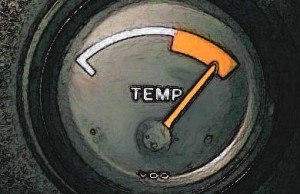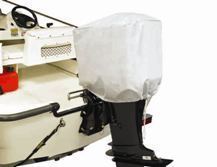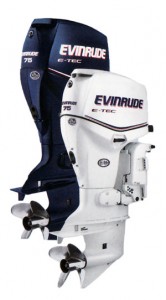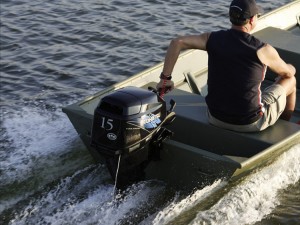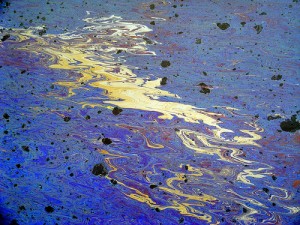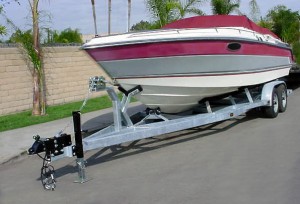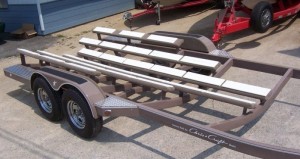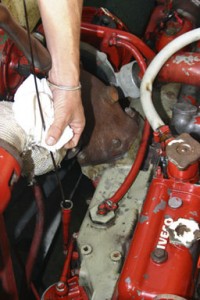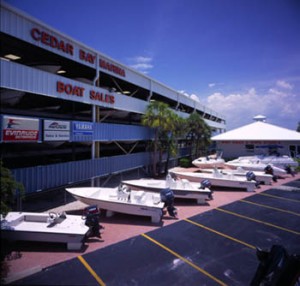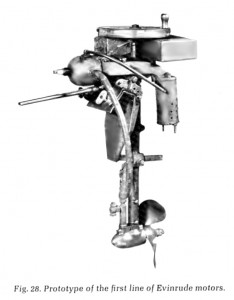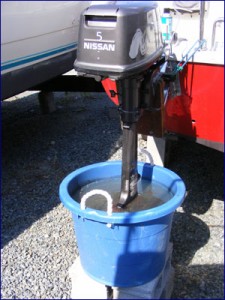What to Do When Your Engine Overheats: Part Three
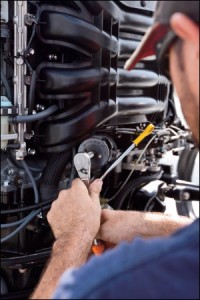 If you have adequate water flow into the strainer and can’t find any obstruction, chances are the problem is something more serious. Unfasten the clamps and remove the hose going into the water pump. Look in the seacock to ensure proper water flow: if water isn’t flowing, it’s an indication that you have a clog somewhere in the hose; if not, you’ll have to dig deeper.
If you have adequate water flow into the strainer and can’t find any obstruction, chances are the problem is something more serious. Unfasten the clamps and remove the hose going into the water pump. Look in the seacock to ensure proper water flow: if water isn’t flowing, it’s an indication that you have a clog somewhere in the hose; if not, you’ll have to dig deeper.
Remove the face from the water pump and inspect the impeller; the fins should be pliable and not show any signs of wear. In addition to extra fuel and Evinrude XD50 oil, you should carry a spare set of fins with you in just in case this scenario occurs. If your fins are in good shape, all signs point to a broken water pump. This is obviously the worst-case scenario, but all is not lost. To get back to shore, remove one of the other electric pumps from the system and use it to connect the raw water intake to the cooling system, effectively circumventing the intake pump.


